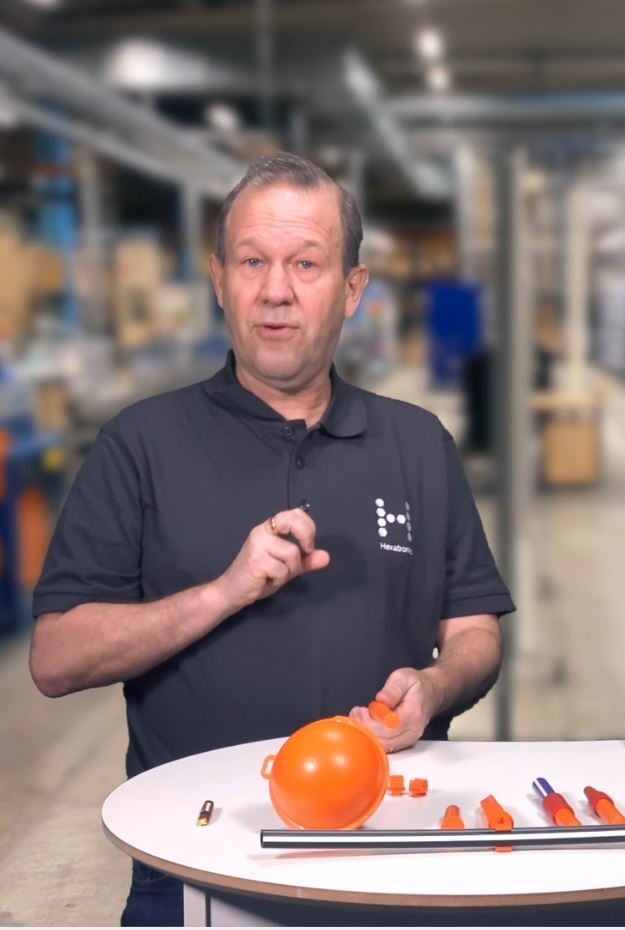No.1 cause of network failures is contaminated connectors.
Fiber connector inspection
Fiber connectors are a potential source of failure because the glass is exposed and can accumulate dirt or wear. In many cases, issues with connectors have proven to be the biggest source of errors in fiber optic networks. So what should you do to gain control over the fiber connectors in your network?
To assess the condition of a fiber connector, a microscope is used. There are analog, digital, and “automated” microscopes available.


MAX-FIP

FIP-500
Automated fiber connector testing
Key advantages include:
- Speed and efficiency: Automated tools inspect connectors in seconds, reducing installation and maintenance time.
- Accuracy and reliability: Advanced imaging and software analysis detect even microscopic defects, minimizing risk of signal loss.
- Cost savings: Faster testing and fewer errors lower operational costs and prevent costly network downtime.
- Scalability: Ideal for high-volume environments, automated systems handle large batches without compromising quality.
By integrating automated inspection into workflows, organizations improve network performance, reduce failures, and maintain compliance effortlessly.


Clean endface
- No cleaning needed, ready for connection.

Dust/dirt
- If not cleaned properly, residues will transfer and can lead to permanent damage when mating
- Soil, such as sand and dust, can chip ferrules when mated and lead to permanent damage

Oily residue
-
Often caused by touching with fingers
-
Oily residue may in some cases not affect signal immediately, but can trap dust and increase loss over time

Scratches
-
May appear as light or dark defects
-
May be hard to see with the naked eye
-
Critical when in the core area of singlemode fibers
Cleaning
Cleaning methods
- Dry cleaning uses specialized cleaning tools like lint-free swabs or reel-based cleaners to remove dust and debris without any liquid. It's quick, safe, and ideal for light contamination.
- Wet cleaning involves applying a small amount of fiber-safe cleaning solution to a lint-free wipe or swab, followed by a dry wipe to remove any residue. This method is more effective for stubborn oils or heavy contamination.
The best practice is often to start with dry cleaning and move to wet cleaning if the connector still fails inspection. Always ensure the connector is completely dry before reconnecting to avoid signal loss or damage.

Cleaning tools

Sticks

Wipes

Click pen

Cleaning fluid

Reel
Conclusion: Inspect before you connect
Inspecting fiber optic connectors before making a connection is critical to ensure optimal performance and reliability. Even minor contamination or damage can lead to signal loss, increased attenuation, or complete link failure. By taking a few moments to check and clean connectors, you prevent costly downtime, maintain network integrity, and extend the lifespan of your equipment.




















